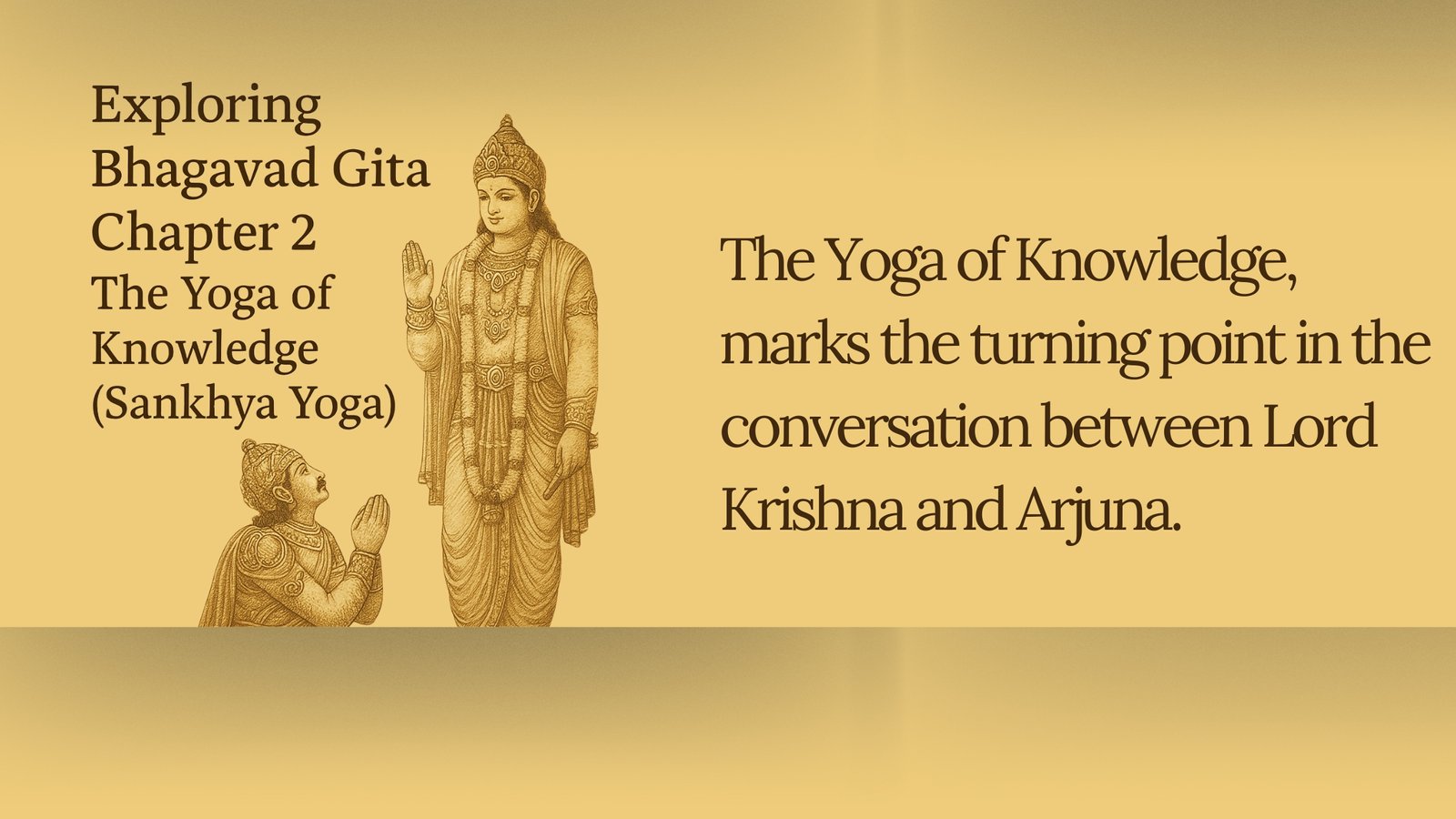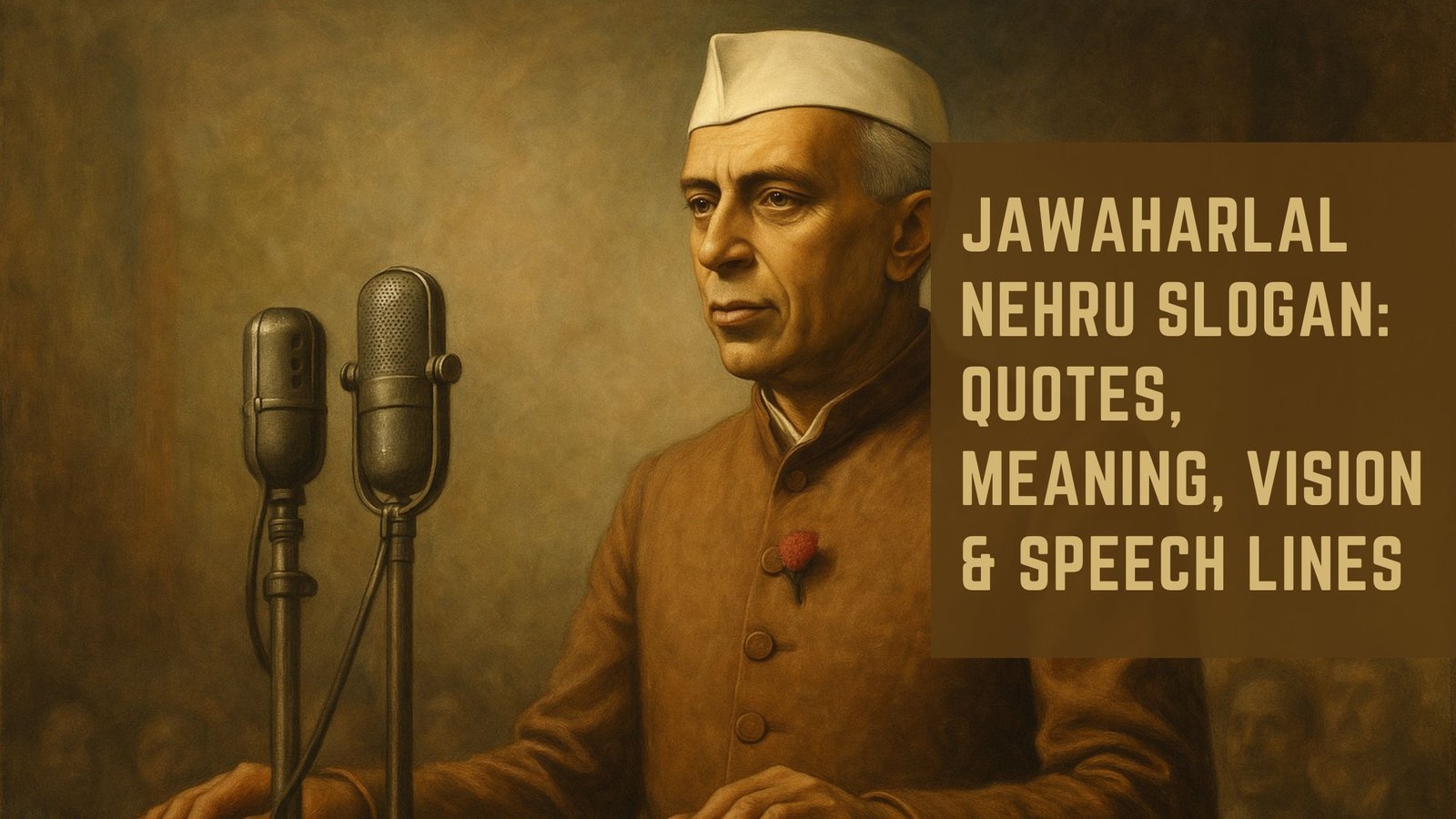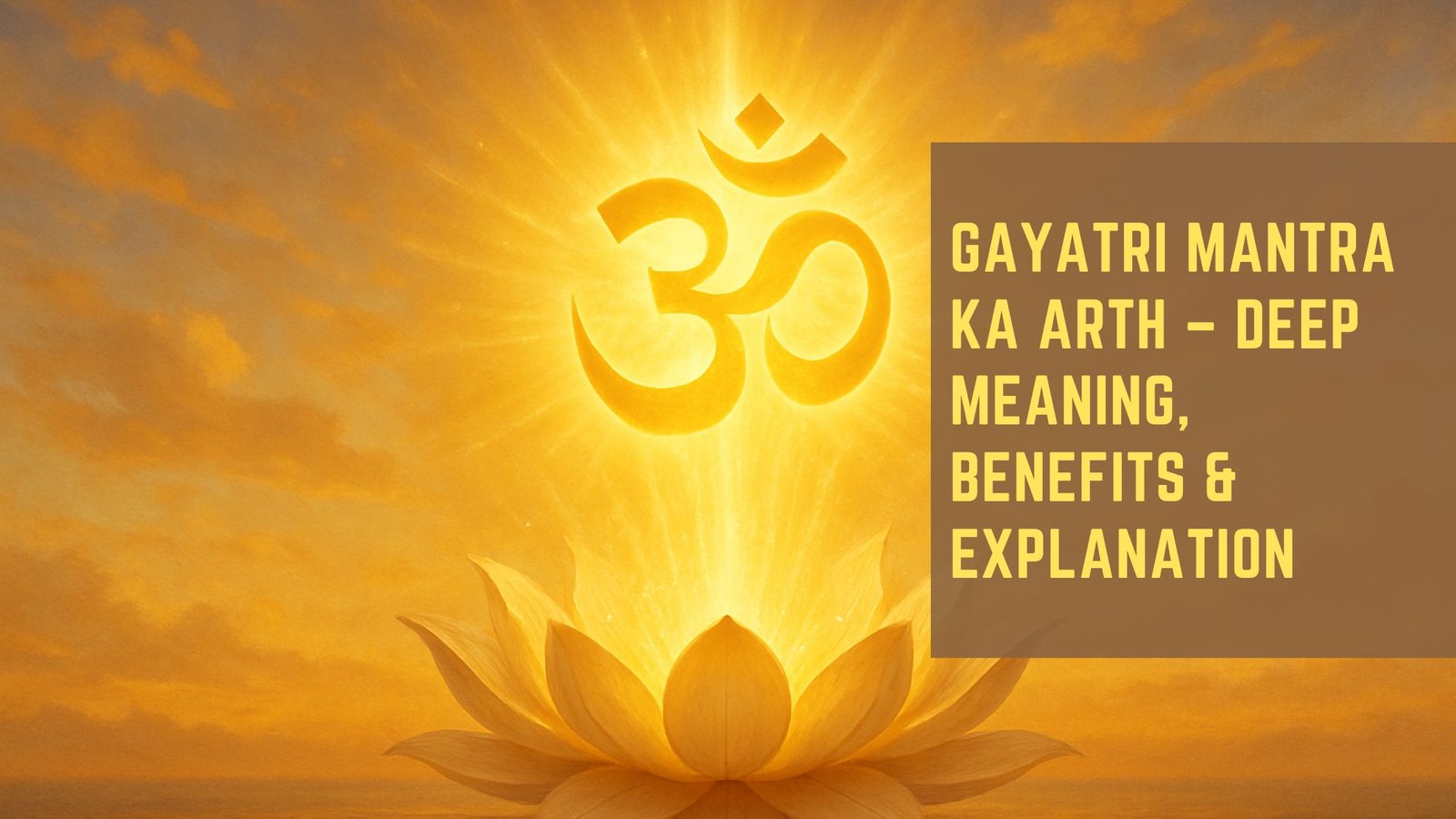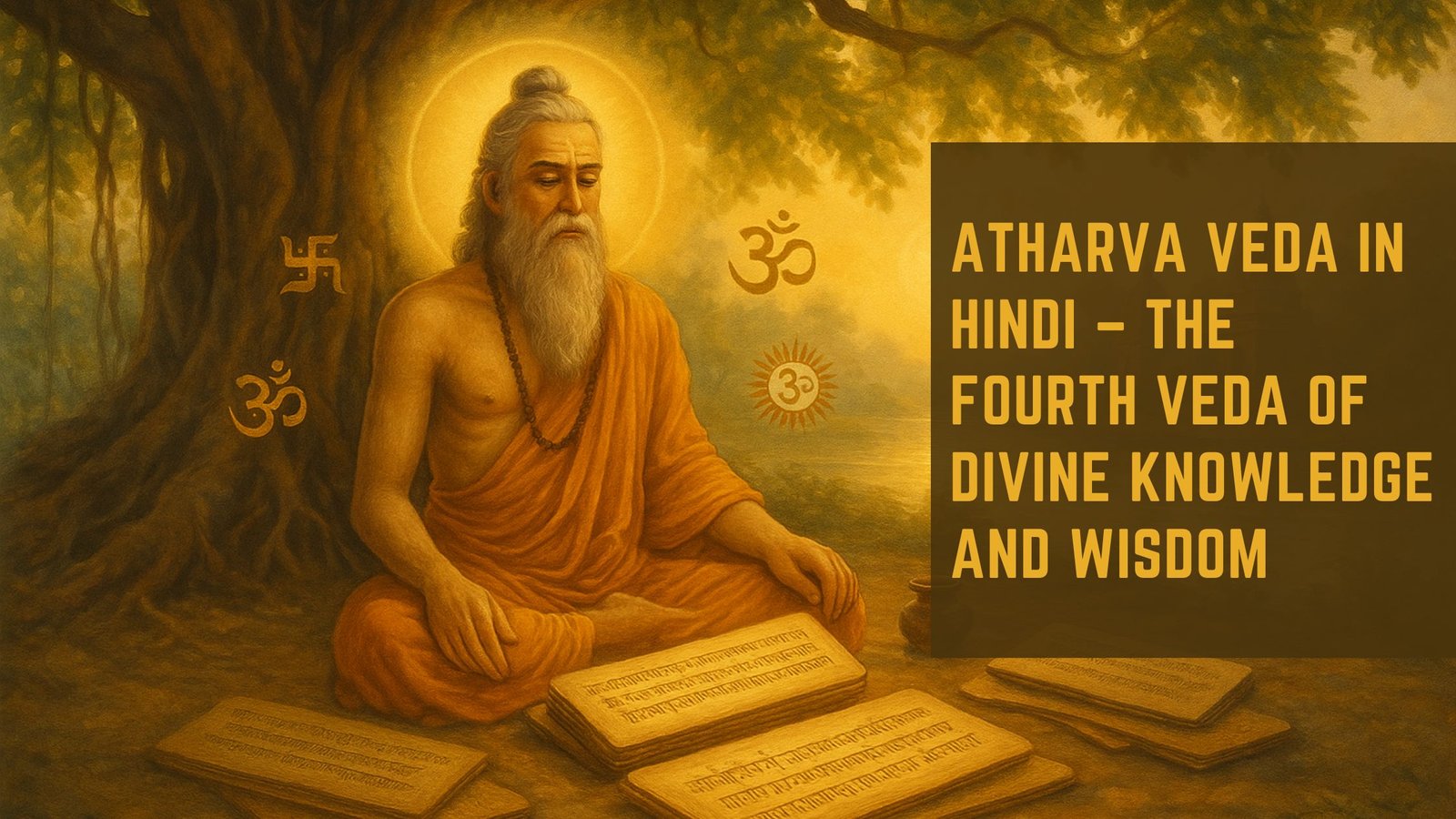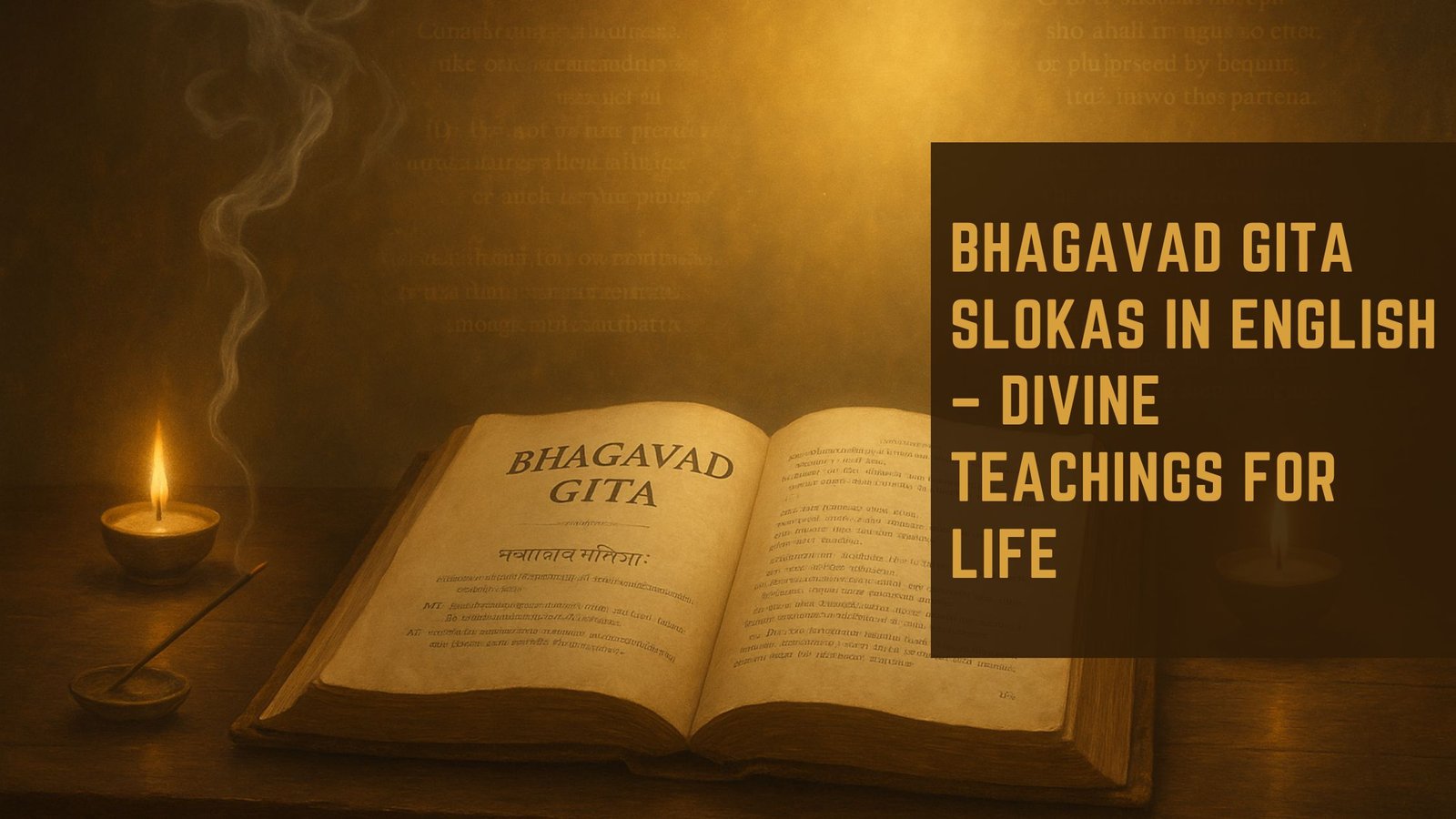The Bhagavad Gita, often referred to simply as the Gita, is a 700-verse Hindu scripture that is part of the Indian epic Mahabharata. It is a dialogue between Prince Arjuna and Lord Krishna, who serves as his charioteer. This sacred text addresses the moral and philosophical dilemmas faced by Arjuna as he prepares to go into battle against his own relatives, teachers, and friends.
The Gita is not merely a religious scripture; it is a profound philosophical treatise that explores the nature of reality, duty, and the self. Its teachings have transcended time and culture, offering insights into the human condition and the quest for meaning. The Gita’s significance lies in its ability to provide guidance on how to live a life of purpose and integrity amidst chaos and conflict.
It emphasizes the importance of self-realization and understanding one’s dharma, or duty, in the world. The text encourages individuals to seek knowledge, cultivate wisdom, and ultimately find peace within themselves. As readers delve into its verses, they are invited to reflect on their own lives and the choices they make, fostering a deeper connection with their inner selves and the universe around them.
Key Takeaways
- The Bhagavad Gita is a sacred Hindu scripture that offers guidance on finding inner peace and living a fulfilling life.
- Peace within is the state of inner calm and contentment that comes from aligning the mind, body, and spirit.
- Bhagavad Gita 6:6 emphasizes the importance of finding a quiet place for meditation and turning the senses inward to find peace within.
- Techniques for finding peace within include meditation, deep breathing, yoga, and mindfulness practices.
- Obstacles on the path to inner peace can be overcome through self-discipline, self-awareness, and cultivating positive thoughts and actions.
Understanding the concept of Peace Within
Peace within is a state of being that transcends external circumstances.
The Bhagavad Gita teaches that true peace arises from self-awareness and understanding one’s place in the grand scheme of existence.
This inner peace is not contingent upon external validation or material success; rather, it is rooted in a profound connection to one’s true self and the divine. In the context of the Gita, peace within is closely linked to the concept of equanimity. Lord Krishna imparts wisdom to Arjuna about maintaining a balanced mind in both success and failure, pleasure and pain.
This equanimity fosters resilience, enabling individuals to remain centered amidst life’s inevitable ups and downs. By cultivating this inner peace, one can approach challenges with clarity and purpose, ultimately leading to a more fulfilling and harmonious existence.
Exploring Bhagavad Gita 6:6

In Chapter 6, Verse 6 of the Bhagavad Gita, Lord Krishna articulates a profound truth about the nature of the mind and its role in achieving inner peace. He states that “For one who has conquered the mind, the mind is the best of friends; but for one who has failed to do so, the mind will be the greatest enemy.
The mind can be a double-edged sword; it has the potential to either uplift or hinder an individual’s spiritual journey.
When one learns to master their thoughts, they can harness the power of the mind to cultivate positive emotions, clarity, and focus. Conversely, an uncontrolled mind can lead to confusion, anxiety, and suffering. The Gita emphasizes that achieving mastery over the mind is essential for attaining peace within and realizing one’s true potential.
Techniques for finding peace within
| Technique | Description |
|---|---|
| Meditation | A practice where an individual uses a technique – such as mindfulness or focusing the mind on a particular object, thought, or activity – to train attention and awareness, and achieve a mentally clear and emotionally calm and stable state. |
| Breathing exercises | Techniques that help to control your breathing, making it slower and deeper. This can reduce stress and make you feel more relaxed. |
| Yoga | A physical, mental, and spiritual practice that aims to transform body and mind, bringing a sense of peace and well-being. |
| Journaling | Writing down your thoughts and feelings can help you process emotions and gain clarity, leading to a sense of inner peace. |
Finding peace within requires intentional practices that nurture self-awareness and emotional balance. One effective technique is mindfulness meditation, which encourages individuals to observe their thoughts without judgment. By cultivating a non-reactive awareness of one’s mental landscape, individuals can create space between themselves and their thoughts, allowing for greater clarity and calmness.
Another valuable technique is journaling, which provides an outlet for self-reflection and emotional expression. Writing down thoughts and feelings can help individuals process their experiences and gain insights into their inner world. This practice fosters a deeper understanding of oneself and can reveal patterns that may be contributing to inner turmoil.
Additionally, engaging in physical activities such as yoga or tai chi can promote relaxation and help individuals connect with their bodies, further enhancing their sense of inner peace.
Overcoming obstacles on the path to inner peace
The journey toward inner peace is often fraught with obstacles that can derail one’s progress. Common challenges include negative thought patterns, external stressors, and unresolved emotional issues. Recognizing these obstacles is the first step toward overcoming them.
The Bhagavad Gita teaches that awareness is key; by acknowledging these challenges without judgment, individuals can begin to address them constructively. One effective strategy for overcoming obstacles is to cultivate self-compassion. Instead of berating oneself for perceived failures or setbacks, individuals can practice kindness toward themselves.
This shift in perspective allows for greater resilience in the face of adversity. Additionally, seeking support from trusted friends or mentors can provide valuable insights and encouragement on the path to inner peace. The Gita emphasizes the importance of community and connection in fostering personal growth.
The role of meditation in finding peace within

Meditation plays a pivotal role in achieving inner peace as it provides a structured approach to quieting the mind and fostering self-awareness. Through regular meditation practice, individuals can develop greater control over their thoughts and emotions, leading to a more peaceful state of being. The Bhagavad Gita advocates for meditation as a means of connecting with one’s true self and experiencing divine presence.
Different forms of meditation can be explored to find what resonates best with each individual. Techniques such as focused attention meditation encourage concentration on a single point or object, while loving-kindness meditation fosters compassion toward oneself and others. Regardless of the method chosen, consistent practice can lead to profound transformations in one’s mental landscape, paving the way for lasting inner peace.
Applying the teachings of Bhagavad Gita 6:6 in daily life
Integrating the teachings of Bhagavad Gita 6:6 into daily life involves cultivating mindfulness and self-discipline in thought processes. Individuals can start by setting aside time each day for reflection or meditation, allowing them to observe their thoughts without becoming entangled in them. This practice fosters a sense of detachment from negative thought patterns and encourages a more balanced perspective on life’s challenges.
Moreover, embracing a mindset of gratitude can significantly enhance one’s experience of inner peace. By focusing on what one has rather than what one lacks, individuals can shift their attention away from negativity and cultivate a sense of abundance. The teachings of the Gita encourage individuals to approach life with an attitude of acceptance and surrender, recognizing that everything unfolds according to a greater plan.
Embracing peace within through the Bhagavad Gita
The Bhagavad Gita offers timeless wisdom on the pursuit of inner peace through self-mastery and spiritual growth. By understanding the nature of the mind and implementing practical techniques for cultivating tranquility, individuals can navigate life’s complexities with grace and resilience. The teachings found within its verses serve as a guiding light for those seeking solace amidst chaos.
Embracing peace within is not merely an aspiration; it is a transformative journey that requires dedication and practice. As individuals apply the principles outlined in the Gita—such as mindfulness, self-compassion, and gratitude—they can unlock profound levels of inner harmony. Ultimately, the Bhagavad Gita invites all seekers to embark on this journey toward self-realization and inner peace, reminding them that true fulfillment lies within.
In Bhagavad Gita chapter 6 verse 6, Lord Krishna advises Arjuna to find peace within himself and control his mind. This verse emphasizes the importance of self-discipline and inner peace. A related article that delves deeper into the eternal wisdom of the Bhagavad Gita can be found here. This article explores the timeless teachings of the Gita and how they can guide individuals towards spiritual enlightenment and inner peace. It provides valuable insights into the message of the Bhagavad Gita and the importance of finding purpose in life.
FAQs
What is the significance of Bhagavad Gita chapter 6 verse 6?
Bhagavad Gita chapter 6 verse 6 discusses the concept of controlling the mind and the importance of self-discipline in achieving spiritual growth and inner peace.
What does Bhagavad Gita chapter 6 verse 6 teach us?
The verse emphasizes the need to control the mind and senses in order to attain self-realization and spiritual enlightenment. It highlights the importance of self-discipline and the practice of meditation.
How does Bhagavad Gita chapter 6 verse 6 relate to daily life?
The verse encourages individuals to cultivate self-discipline and control over their thoughts and actions, which can lead to a more balanced and peaceful life. It teaches the importance of mindfulness and inner strength in facing life’s challenges.
What are the key teachings of Bhagavad Gita chapter 6 verse 6?
The verse emphasizes the need for self-discipline, control over the mind and senses, and the practice of meditation as essential components of spiritual growth and self-realization. It teaches the importance of inner strength and mental focus in achieving a higher state of consciousness.

